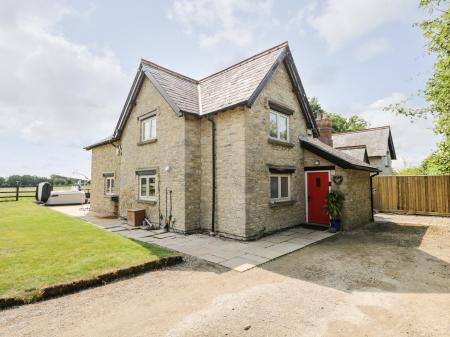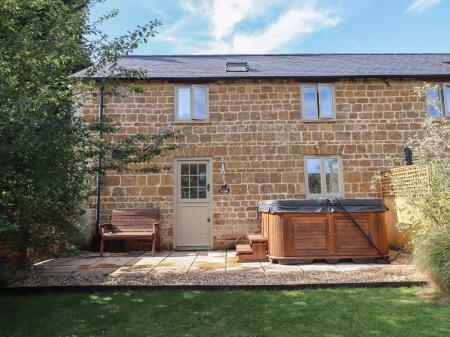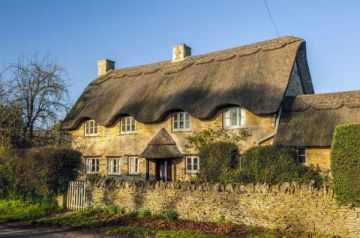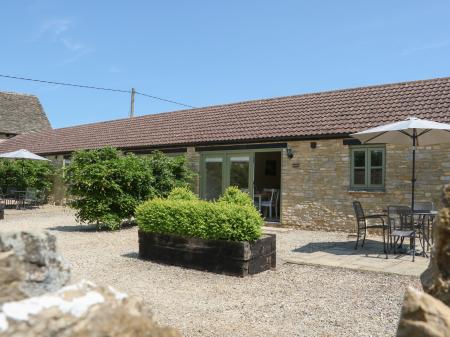
History
The castle served as an administrative centre for Bishop Odo's extensive holdings in the area. When the bishop rebelled against William II in 1088, the castle was seized and taken into royal hands.
William de Chesney acquired Deddington Castle in the 12th century and had the earlier earthwork defences rebuilt in stone. After De Chesney's death, his descendants squabbled over ownership and, as a result, King John took the castle into royal control several times before ownership was finally decided in favour of the De Dive family.
It is possible that Piers Gaveston, King Edward II's favourite, sought refuge at Deddington in 1312 and that he was captured here by his enemies before his subsequent execution.
The castle ruins were used by both sides in the English Civil War, but the fortifications were by that time so ruinous that the castle was beyond restoration.
English Heritage now care for the inner bailey.

What to See
There are no grim ramparts on display here; Deddington Castle has is little more than a raised mound of turf and an extensive (8 acres) enclosure which now holds the village playing fields.
The castle centres on a wide, level area roughly 200m across. This level area was later enclosed within earthwork banks and a defensive ditch to create a traditional Norman bailey. On the eastern edge of the bailey was a conical mound, or motte.
West of the motte stood a timber building, later rebuilt in stone. An inner bailey enclosure was thrown up around this building.
Sometime before 1200 the original motte was pulled down and the ground levelled. A curtain wall was built to defend the outer bailey, complete with a stone gatehouse and mural towers.
Excavations have discovered the remains of a 13th-century chapel built on top of an earlier structure. A second enclosure was found outside the bailey, the depressions that suggest four fish ponds for feeding the castle inhabitants.
The castle fell into disrepair around the end of the 13th century and the stone was used for local buildings.
Visiting
The castle site is signposted from the main road through Deddington, so you might think there was actually some reasonable remains to see, but not so. Though the original ramparts stood up to 15m high, there is little to see above ground today.
Though the size of the enclosure is quite impressive, there are very few tangible signs of the castle to see. The earthwork enclosure ditches are covered in vegetation now, so it can be a little hard to get a firm idea of what the castle would have looked like when it was built.


 We've 'tagged' this attraction information to help you find related historic attractions and learn more about major time periods mentioned.
We've 'tagged' this attraction information to help you find related historic attractions and learn more about major time periods mentioned.



